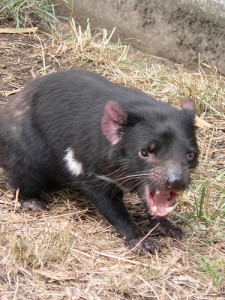The post that I wrote yesterday was inspired by a book I received over the holidays called Where Our Food Comes From: Retracing Nikolai Vavilov’s Quest to End Famine.
The story of Dr. Vavilov’s life and work is a fascinating one, and one I wish I’d heard more of during my undergraduate studies*. Born into a Russia still ruled by the czars, where crop yields were 1/3 that of other nations, Vavilov trained as a plant pathologist, first within Russia and then in Western Europe. His claim to fame though is a career spent traveling five continents collecting seeds and herbarium specimens from crop breds grown by farmers the world over (many of which are now presevered nowhere else) in a time when traveling the world as a far more complicated and risky endevour.
Anyway, I highly recommend reading about Vavilov, but I’m not sure yet if I’d recommend the particular book I’m reading. One source I can whole-heartedly recommend is vaviblog.
Do most people who work in the agricultural biodiversity field not like genetic engineering (and even plant breeders)? It’s surely the impression I’ve got from reading the book thus far, but it’s also possible (I’d like to think more likely) that’s simply the view of Gary Nabhan, and his writing generalizes the opinion to the field as a whole.
*I remember seeing slide showing Vavilov’s centers of crop diversity in a great course I took called “Genetic Improvement of Crop Plants” but that’s about it.
